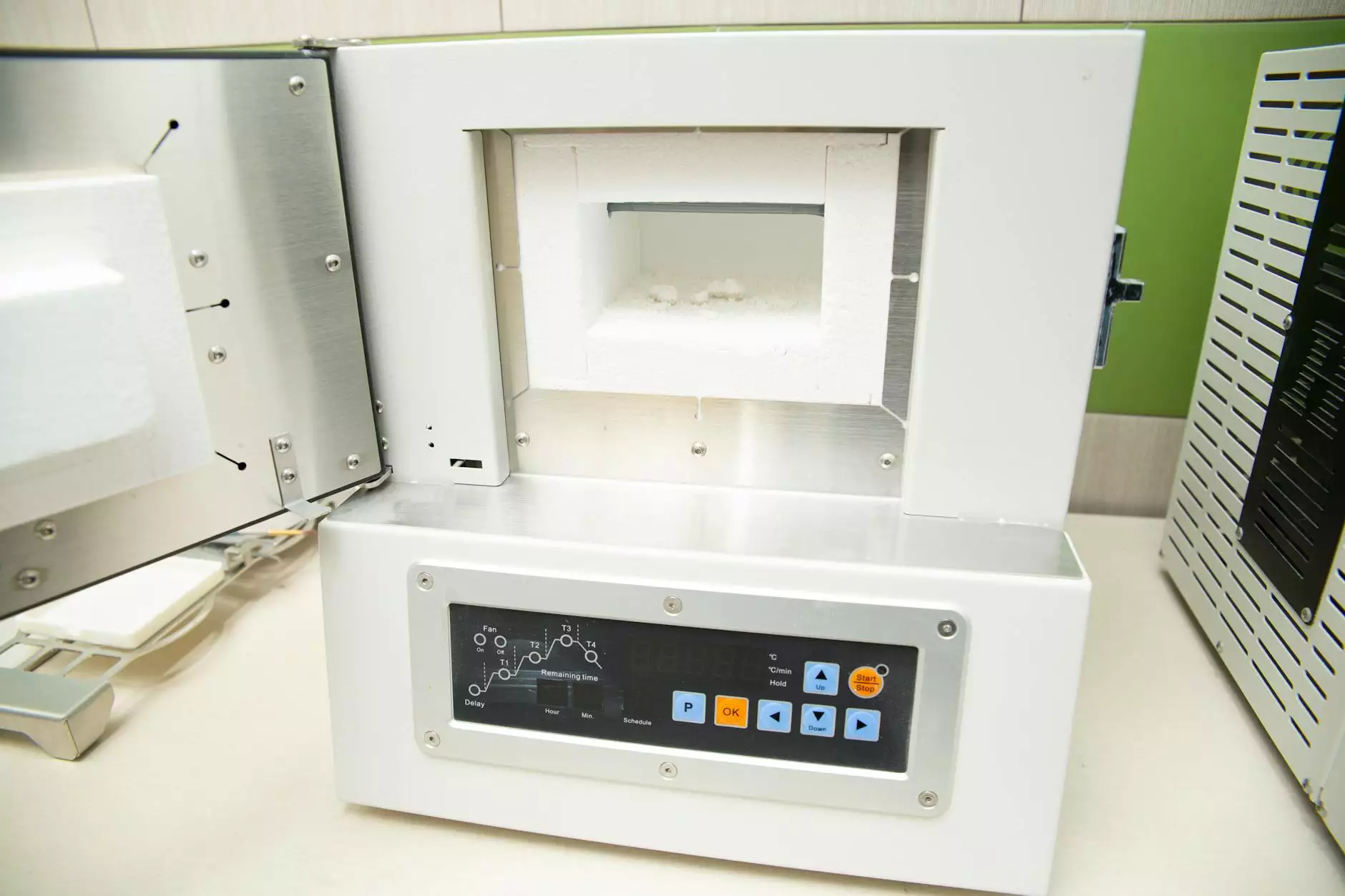The Ultimate Guide to Barcode Printers for Your Business

In today’s fast-paced and technology-driven world, businesses are continually seeking ways to improve efficiency and reduce errors in daily operations. One crucial tool that has emerged as a game-changer in various industries is the barcode printer. This article explores what barcode printers are, their benefits, various types, and how they can significantly enhance your business operations.
What is a Barcode Printer?
A barcode printer is a specialized printer designed to create barcode labels that encode product information, inventory status, or any other essential data. These printers utilize various techniques such as direct thermal printing or thermal transfer printing to produce high-quality barcodes. Whether you are in retail, logistics, or manufacturing, having an effective barcode printing solution can streamline your workflows.
Benefits of Using Barcode Printers
Integrating a barcode printer into your business offers numerous advantages:
- Enhanced Efficiency: Barcode printers expedite the printing process, allowing for quick label production. This increases productivity and helps to keep up with high demand.
- Improved Accuracy: Manual data entry is prone to errors. Using barcodes minimizes human error and enhances the accuracy of inventory management.
- Cost-Effectiveness: Although the initial investment may be significant, the long-term savings through reduced labor costs and fewer errors can be substantial.
- Inventory Management: Barcode labels make it easier to track inventory in real-time, facilitating smooth stock management and reducing the risk of overstocking or stockouts.
- Better Customer Experience: Efficient checkout processes and accurate product information can significantly enhance customer satisfaction.
Types of Barcode Printers
When selecting a barcode printer, it is important to understand the different types available to determine which best suits your business needs. The main types include:
1. Direct Thermal Printers
Direct thermal printers utilize heat-sensitive paper to create images. When the printer applies heat, it activates the chemicals on the paper, producing a visible image. These printers are ideal for short-term labeling and applications where longevity is not crucial.
2. Thermal Transfer Printers
In contrast, thermal transfer printers use a heat ribbon to transfer ink onto various materials. This method produces durable, scratch-resistant labels that can withstand outdoor conditions. Thermal transfer printing is ideal for businesses that require high-quality, long-lasting labels.
3. Inkjet Barcode Printers
Inkjet barcode printers use liquid ink to produce high-resolution images. They are versatile and can print on different materials, offering flexibility for various applications. However, they may not be suitable for high-volume printing due to slower print speeds.
4. Laser Barcode Printers
These printers utilize laser technology to produce sharp images and text. They are known for their reliability and speed, making them suitable for large-scale printing tasks. Laser printers are a great option for businesses that print substantial volumes of labels.
Choosing the Right Barcode Printer for Your Business
Selecting the right barcode printer involves considering several factors:
- Volume of Printing: Assess your printing needs. For high-volume operations, a faster printer may be necessary.
- Label Material: Consider the materials you will be printing on, as this affects both printer choice and label durability.
- Print Quality: Ensure that the printer can produce high-quality barcodes that are scannable and reliable.
- Budget: Establish a budget that encompasses not just the printer, but also supplies such as labels and ribbons.
- Future Needs: Think about your future growth and choose a printer that can scale with your business.
Integrating Barcode Printers into Your Workflow
Implementing a barcode printer in your daily operations requires careful planning. Here are some steps to ensure a smooth integration:
1. Assess Your Business Needs
Identify the key areas where barcode printing can benefit your operations, whether it’s inventory management, shipping, or retail sales.
2. Select Appropriate Software
Choose a compatible software solution that can help you design barcodes, manage print jobs, and keep track of inventory levels efficiently.
3. Train Your Staff
Provide comprehensive training for your staff on how to use the barcode printer effectively, including how to maintain it and troubleshoot common issues.
4. Test and Optimize
After implementation, conduct tests to ensure that the barcodes are printing correctly and are readable by scanners. Optimize the workflow based on feedback from employees.
Maintaining Your Barcode Printer
Proper maintenance of your barcode printer will ensure longevity and consistent performance. Here are some maintenance tips:
- Regular Cleaning: Clean the print head and other components regularly to prevent dust and debris from affecting the print quality.
- Keep Software Updated: Ensure that your printer’s software is updated to benefit from the latest features and security enhancements.
- Monitor Supplies: Regularly check ink ribbons, labels, and other supplies to avoid running out during critical operations.
- Professional Servicing: Consider investing in professional servicing for repairs and routine maintenance to extend the life of your printer.
Conclusion
In conclusion, a barcode printer is an invaluable asset for any business looking to improve efficiency, accuracy, and overall operational effectiveness. By understanding the various types of printers, their benefits, and how to properly integrate them into your workflow, you will position your business for success. Whether you are in the retail, logistics, or manufacturing sector, taking the time to invest in the right barcode printing solution can yield significant rewards.
For businesses interested in exploring high-quality barcode printing solutions, visit durafastlabel.ca for expert advice and the latest technology in printing services.









